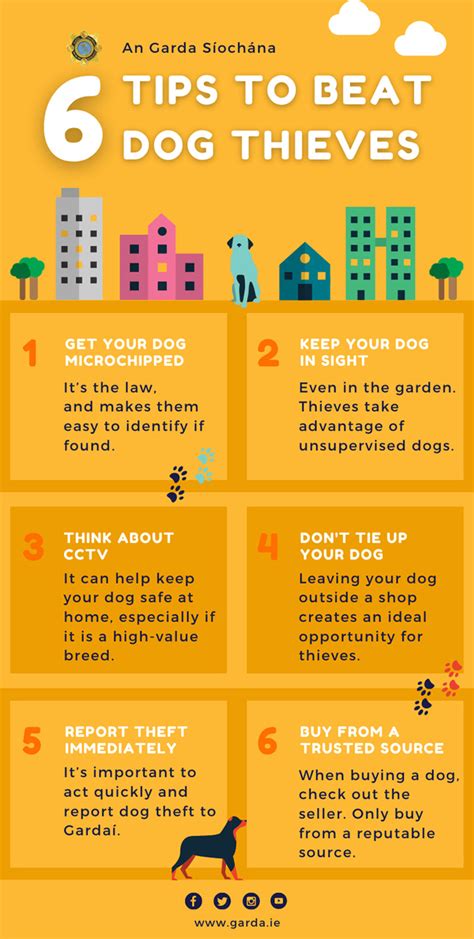Introduction

Pet theft and loss are prevalent issues affecting pet owners worldwide. According to the American Kennel Club (AKC), over 2 million pets are stolen or lost in the United States annually. This staggering statistic highlights the urgent need for proactive measures to prevent these heartbreaking incidents.
Understanding Pet Theft and Loss
Pet Theft
- Modus Operandi: Thieves may target specific breeds, purebreds, or animals with unique markings.
- Locations: Parks, dog parks, and outdoor areas are common spots for pet theft.
- Motives: Financial gain, breeding purposes, or possession for companionship.
Pet Loss
- Causes: Escape, roaming, natural disasters, and human negligence.
- Contributing Factors: Unsecured gates or fences, lack of identification, and insufficient supervision.
- Consequences: Emotional distress, financial loss, and potential health risks to lost pets.
Preventing Pet Theft and Loss
Anti-Theft Measures
- Microchipping: Implanting a tiny electronic chip under the skin provides a permanent and tamper-proof identification method.
- Identification Tags: Attach durable tags with updated contact information and emergency details to collars and harnesses.
- GPS Tracking Devices: Monitor your pet’s location in real-time using wearable or collar-mounted GPS trackers.
- Security Cameras: Install surveillance systems around your property to deter potential thieves and capture footage of incidents.
- Secure Fencing and Gates: Keep your pet confined within secured enclosures to prevent escape or entry by unauthorized individuals.
Loss Prevention Techniques
- Supervise and Control: Pay attention to your pet’s whereabouts and keep them on leashes or in designated areas when outdoors.
- Provide Ample Exercise: Exercise strengthens your bond with your pet and reduces the likelihood of escape due to boredom or frustration.
- Training and Obedience: Train your pet to respond to commands and stay close to you in public places.
- Secure Identification: Ensure your pet wears an identification tag at all times and keep their microchip information up to date.
- Neighborhood Watch: Establish a community watch program to keep an eye on pets and report suspicious activity.
Addressing Common Mistakes
Theft
- Leaving Pets Unattended: Avoid leaving your pet alone in parked cars, outside shops, or in unsecured areas.
- Using Poor-Quality Leashes: Ensure leashes are durable and cannot be easily broken or slipped.
- Insufficient Microchip Registration: Register your microchip information promptly and keep it current.
Loss
- Unsecured Gates and Fences: Ensure gates and fences are high enough and locked to prevent escape.
- Lack of Supervision: Never leave your pet unattended in public places or outside without supervision.
- Neglecting Identification: Always ensure your pet wears an identification tag and has an updated microchip.
Step-by-Step Approach to Pet Safety
1. Assess Risk: Identify potential risks and vulnerabilities for both theft and loss.
2. Implement Protection Measures: Put the necessary measures in place to deter thieves and prevent escape.
3. Monitor and Supervise: Regularly check your pet’s whereabouts and ensure they are secure.
4. Stay Informed: Stay updated on pet theft and loss trends, and adjust your strategies accordingly.
5. Report and Recover: If your pet is stolen or lost, promptly report the incident and take steps to retrieve them.
Reviews and Success Stories
“I was devastated when my dog was stolen, but having her microchipped and wearing an identification tag made all the difference. She was found within 24 hours thanks to the quick response of animal control.” — Sarah J.
“My cat escaped during a storm, but the GPS tracker I had installed allowed me to track her down and reunite with her within hours.” — John D.
“By implementing a community watch program, we have significantly reduced pet theft in our neighborhood. Residents keep an eye on each other’s pets and report any suspicious activity.” — Mary S.
The Future of Pet Safety
Technological advancements are creating innovative solutions for pet theft and loss prevention. Smart collars with built-in GPS and sensors can provide real-time tracking and alert owners to suspicious activity. Pet-finding apps connect lost pets with their owners, increasing the chances of reunification.
Conclusion
Pet theft and loss are traumatic experiences that can be prevented with proactive measures and effective strategies. By understanding the risks, implementing comprehensive protection, and staying vigilant, pet owners can safeguard their beloved companions and ensure their well-being. Collaboration between pet owners, law enforcement, and animal welfare organizations is crucial to address these challenges and create a safer environment for pets.





















